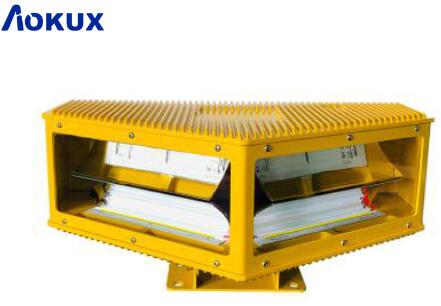
Aviation lights are crucial safety devices that play a vital role in ensuring aviation safety by enhancing visibility and alerting pilots to potential obstacles in their flight path. These lights, commonly installed on tall structures such as buildings, antennas, and towers, help aircraft navigate safely and prevent accidents. In this article, we will explore the importance of aviation lights, their different types, and the regulations governing their usage.
The primary purpose of aviation lights is to make structures more visible to pilots, especially during low visibility conditions such as fog or at night. These lights emit a bright, highly visible light that can be seen from a distance, allowing pilots to identify potential obstacles in their flight path. By providing this critical visual cue, aviation lights help pilots navigate safely around structures, ensuring the safety of both the aircraft and the people on the ground.

There are several types of aviation lights available, each designed for specific applications and visibility requirements. The most commonly used type is the red obstruction light, which is employed on structures taller than a certain height specified by aviation regulations. These lights are typically flashing or steady-burning and are installed at regular intervals to ensure continuous visibility.
In addition to red obstruction lights, there are also white strobe lights used for aviation warning. These lights emit intense, high-frequency flashes, making them highly visible even in poor weather conditions. White strobe lights are often used on tall structures near airports, heliports, or other areas with heavy air traffic, providing an additional level of warning to pilots.
Furthermore, there are dual lighting systems that combine red obstruction lights with white strobe lights. These systems offer enhanced visibility and are commonly used on structures that require maximum recognition, such as tall buildings or communication towers located in busy airspace. The combination of red and white lights ensures that the structure stands out both during the day and at night.
| 1 |
aviation light low intensity light |
| 2 |
aviation light medium intensity light |
| 3 |
aviation light high intensity light |